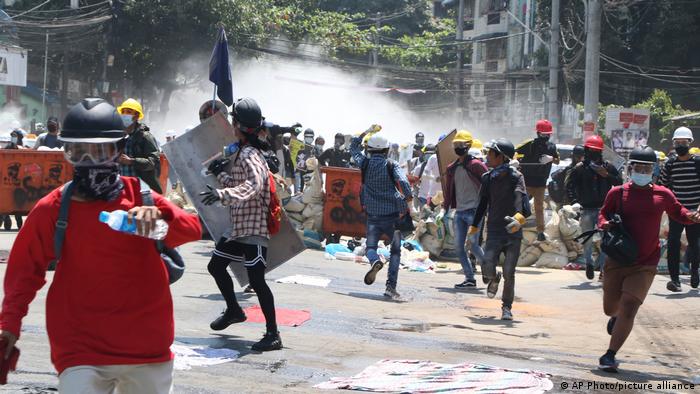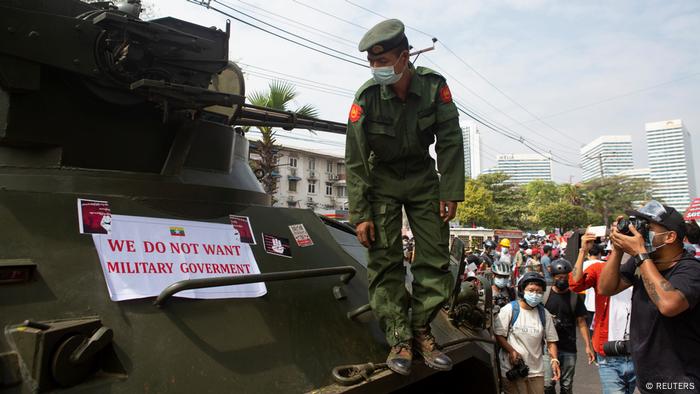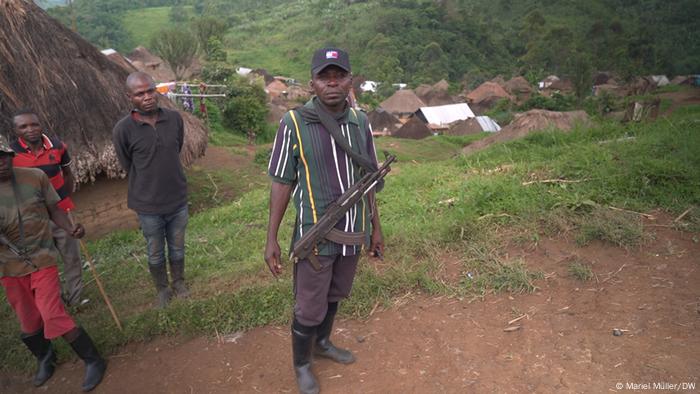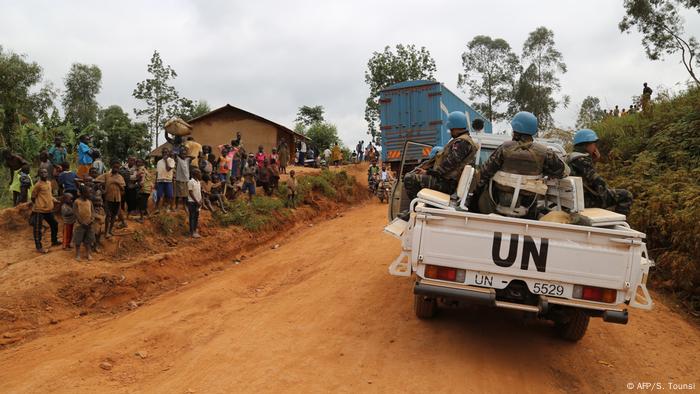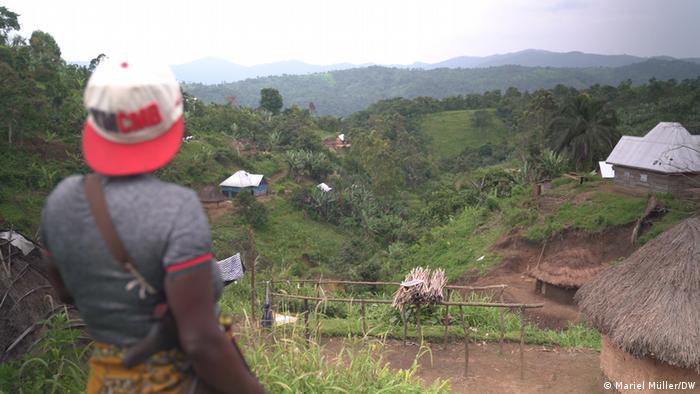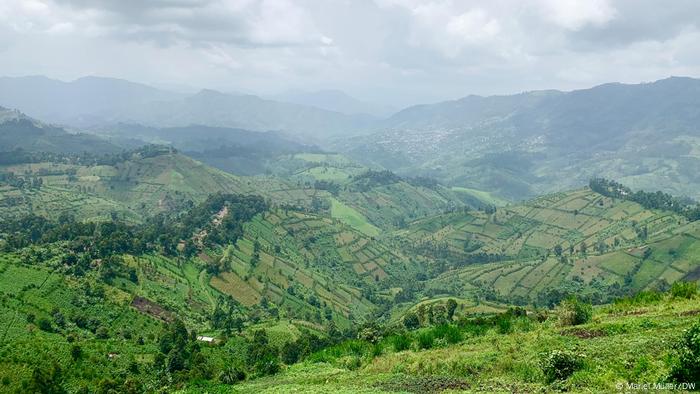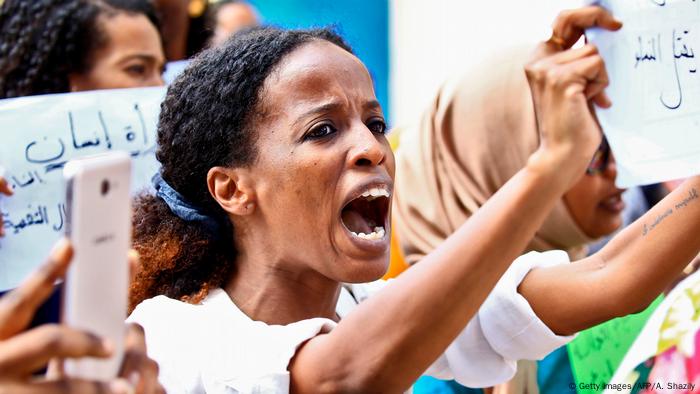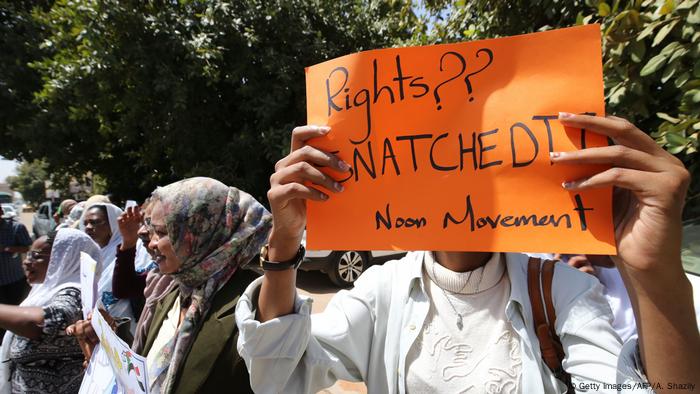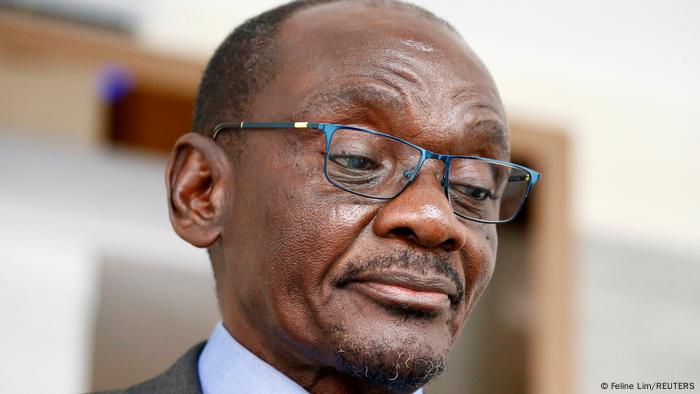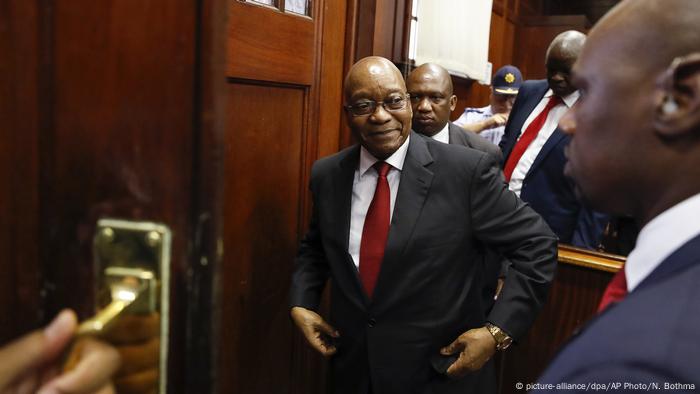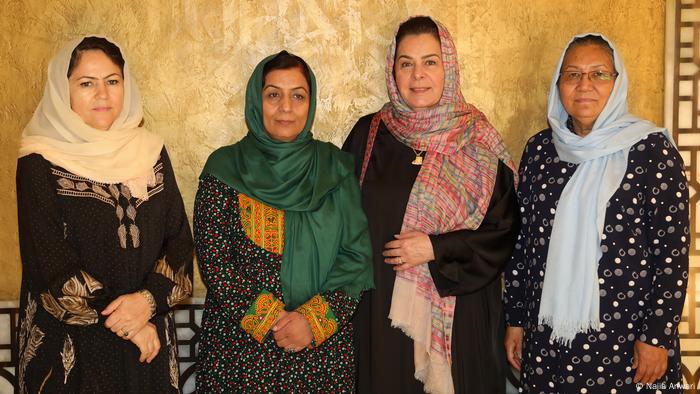GENDER inequality takes a variety of forms in Pakistan, but a fundamental one — and one whose rectification may help address all other variants as well — is political inequality. The constituents of gender-based variation in politics include barriers to voting, barriers to seeking elected office, barriers to access within political parties, and barriers to representation in policymaking and governance.
In recent years, there has been a spate of excellent academic and policy research that captures the baseline context of gender-based political inequality in the country. What’s being captured, however, makes for grim reading.
Leaving other aspects aside for the time being, it is worth starting with the most basic act of political participation: voting. Citizens revealing political and ideational preferences through electoral participation is a central pillar for any democratic polity. If any citizens are excluded from this act, it means that their preferences are unlikely to matter in the affairs of government.
What the data tells us is that a large section of the citizenry is being excluded. This starts with the existence of long-standing gaps in voter registration across gender lines. Out of Pakistan’s nearly 106 million registered voters, only 44 per cent are women. That’s at least 6pc less than their actual proportion in the overall adult population. These issues are compounded at two levels — eligible female voters not being registered on electoral rolls, and, more fundamentally, women not being registered as citizens at all (ie with Nadra through a CNIC). Estimates of the latter are said to be around at least 10pc of the overall female adult population of the country.
Out of Pakistan’s nearly 106m registered voters, only 44pc are women.
Even if women are registered, female turnout tends to be lower than male turnout across the country. The male-gap in voter turnout in the 2018 general elections stood at 9.1pc, with 11m more men voting than women. There is also considerable regional variation in this particular gap, with well-documented cases of female voter suppression in rural areas of western Punjab and in parts of Balochistan and Khyber Pakhtunkhwa. Standard explanations for this phenomenon include excessive restrictions placed on women’s public participation that are rooted in entrenched cultural norms. The idea is that as these norms erode, due to cultural, demographic, or institutional shifts, such gaps may lessen over time.
The most startling aspect on this front, however, emerges from recent research by Sarah Khan, Shandana Mohmand, Shanze Rauf, and Ali Cheema, titled The Empty Promise of Urbanisation: Women’s Political Participation in Pakistan on the gender voting gap in big cities. Their research shows that the largest city in each of Pakistan’s four provinces did much worse in terms of gender inequality in voter turnout in the 2018 general election compared to the remaining constituencies of each province. The difference is highest in the Punjab province, with the gender gap in turnout in the metropolis of Lahore (12.5pc) being double the gap in the rest of the province (6.3pc).
Overall, the researchers “find that women’s electoral participation is between 8–10 per cent lower in big cities compared to rural areas. We find a much smaller gap in men’s turnout in big cities compared to rural areas, which means that the gender gap in participation is higher in cities compared to rural areas. These results persist even if we control for the differences in women and men’s turnout between provinces and administrative divisions that on average comprise three to four districts”.
This presents a complex challenge for those trying to understand political inequality across gender lines, as it is commonly and fairly assumed that urban women are more likely to exercise autonomy over various aspects of their lives (including political participation). Yet this does not translate into better outcomes as far as political participation is concerned.
So what factors are responsible for driving this suppression of women voters, and what can be done to mitigate it? Evidence from the authors’ prior fieldwork in Lahore suggests that gatekeeping by male household members remains a persistent factor, even in urban centres; 8.3pc of male respondents said it was not appropriate for women to vote in a general election, and this finding is associated with an 11pc lower turnout of women in these households compared to other households.
Field survey data also shows that 30.4pc of men thought it was not appropriate for women to speak their minds about politics and 64pc thought it was not appropriate for women to become political party workers. These households had a 7pc lower turnout of women in the 2018 general elections.
Outside of household dynamics, the lack of engagement by political parties also contributes to inequality in voting outcomes. Survey data from 2018 reveals that women were three times less likely than men to have been mobilised by political parties in the run-up to the 2013 general election or to have made contact with political representatives after elections to resolve their issues. When women do make contact with representatives, it is largely mediated by men of the household.
It is this last factor, which highlights both a central problem, as well as a pathway towards reduced gender-based political inequality. Political parties, as aggregators and representatives of citizen interests, face the greatest responsibility in minimising exclusion. If resolving this issue requires legislation and its implementation, political elites should work it out through legal reform. If the solution also requires greater mobilisation and induction of women politicians at the local level to ease concerns of women voters, then this should be done on an emergency footing. What is clear, however, is that the current state of exclusion — one that undermines the very essence of the political process itself — cannot and should not be allowed to persist.
The writer teaches politics and sociology at Lums.
Twitter: @umairjav
Published in Dawn, March 8th, 2021

 The march took place with a heavy police presence
The march took place with a heavy police presence

 US Vice President Kamala Harris, addressing European MPs via video link on International Women's Day Aris Oikonomou AFP
US Vice President Kamala Harris, addressing European MPs via video link on International Women's Day Aris Oikonomou AFP